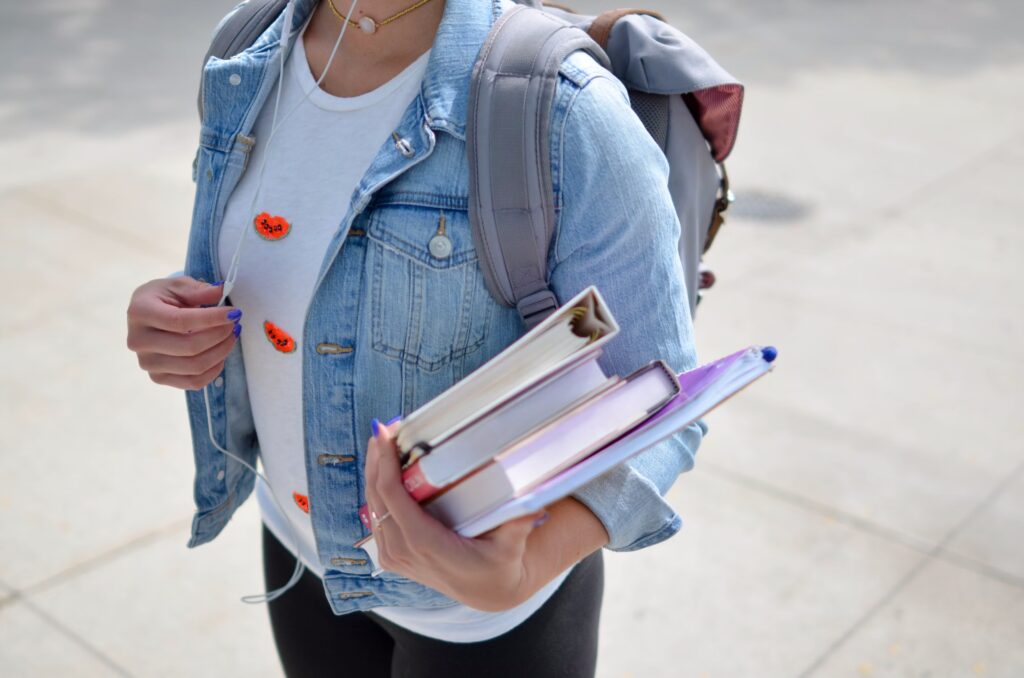In today’s fast-paced world, education is not limited to the classroom. Opportunities for learning outside of the school are just as important as regular learning settings. External learning activities greatly influence a well-rounded education, which can improve academic comprehension and develop important life skills. The significance of learning outside of the classroom is examined in this article, along with innovative ways to incorporate it into everyday life and how Educate Excellence may help your child along the way.
Why Learning Outside the Classroom Matters
Children’s educational experiences are expanded when they learn outside of the classroom. It stimulates curiosity and independent thought while relating academic knowledge to practical applications. Here’s why it’s so important:
- Reinforces Academic Success
- Experiential learning connects abstract concepts to real-life examples, boosting retention and understanding, like linking biology lessons to a nature walk or history to a site visit.
- Develops Critical Life Skills
- Activities outside the classroom foster problem-solving, teamwork, adaptability, and communication, helping students navigate real-world challenges.
- Encourages Creativity and Curiosity
- Exposure to diverse experiences sparks creativity, curiosity, and innovation, nurturing a lifelong love for learning.
- Builds Resilience and Confidence
- Overcoming challenges in new environments, such as completing a science experiment or organizing projects, strengthens resilience and boosts self-confidence.
- Prepares for Future Careers
- Hands-on activities like internships and volunteering provide valuable career insights and practical knowledge, giving students an edge in the future job market.
Creative Ways to Promote Learning Outside the Classroom
1. Explore the outdoors
Science in Nature
Taking children to parks, nature reserves, or botanical gardens provides an excellent opportunity for hands-on learning about ecosystems. By observing various plant species, insects, and animals in their natural habitat, children can understand biodiversity, ecological interdependence, and the importance of conservation.
Geography in Action
A hike or a visit to natural geographical features like rivers, mountains, hills, and valleys provides a tactile experience that brings geography lessons to life. Students can identify and analyze landforms, understand the processes that shape them (e.g., erosion, weathering, and plate tectonics), and link their observations to textbook learning.
Astronomy Nights
Stargazing is a fun and educational way to spark an interest in space science. Set up a telescope or simply lay on a blanket under the stars to observe constellations, planets, and the moon. Kids can learn about the phases of the moon, the rotation of planets, and the vastness of the universe. You could also use astronomy apps to identify stars and planets and deepen the discussion on space exploration, the history of astronomy, and space science.
2. Hands-On Experiments at Home
Conduct Fun Experiments
You don’t need a lab to conduct scientific experiments at home! Simple, fun experiments using household items can demonstrate key scientific concepts. For instance, making a homemade volcano with baking soda and vinegar teaches about chemical reactions, while exploring density with liquids of different viscosities (like oil, water, and syrup) explains the concept of density.
Build Models and Prototypes
Hands-on activities such as building models or prototypes allow children to apply principles from physics and engineering in a tangible way. For example, constructing a simple bridge using straws and testing its weight capacity helps students understand concepts like force, tension, and structural design.
3. Visit Educational Venues
Museums, Art Galleries, and Science Centres
Museums, art galleries, and science centers are excellent places for immersive learning experiences. Visiting a natural history museum allows students to explore fossils, learn about the age of the Earth, and understand evolutionary theory in a hands-on environment. Science centers often have interactive exhibits where students can experiment with physics, chemistry, and biology concepts in a fun and engaging way.
Historical Landmarks and Archaeological Sites
Visits to historical landmarks or archaeological sites provide real-world context for history lessons. For example, walking through ancient ruins or a castle allows students to better understand the civilizations that once thrived there, linking their academic studies to tangible remnants of the past.
4. Leverage Technology for Learning
Interactive Tutorials and Learning Platforms
In today’s digital world, technology is a powerful tool for learning. Platforms like BBC Bitesize, Seneca Learning, and YouTube offer interactive tutorials and lessons that make complex topics easier to understand. These platforms often include videos, quizzes, and flashcards that reinforce learning and allow students to track their progress.
Encourage Coding and Digital Literacy
Coding skills are becoming increasingly important in today’s job market. Apps like Scratch, Tynker, and Code.org provide a fun way for children to learn the basics of programming and develop logical thinking skills. Coding not only teaches children how to create their own digital content but also enhances problem-solving skills as they troubleshoot and debug their projects.
5. Engage in Community Projects
Volunteering and Local Initiatives
Getting involved in community projects teaches students valuable life skills such as empathy, responsibility, and leadership. Volunteering at local shelters, food banks, or environmental clean-up events provides children with the opportunity to contribute to their communities while learning about social issues and community development.
Youth Clubs and Fundraising Projects
Joining a youth club or participating in fundraising events allows students to develop leadership skills and become more involved in their local community. These activities foster a sense of belonging and teach students the importance of working towards a common goal. Fundraising for charity, organizing events, or creating awareness campaigns can also enhance communication, teamwork, and event planning skills.
6. Incorporate Real-World Maths
Maths in the Kitchen
Everyday activities, such as cooking or baking, are great opportunities to apply mathematical concepts like fractions, ratios, and measurements. Measuring ingredients for a recipe, calculating cooking times, or adjusting portion sizes requires students to think critically about numbers in a practical context.
Budgeting and Shopping
Turning a trip to the grocery store into a budgeting exercise is another effective way to integrate maths into daily life. Students can practice addition, subtraction, multiplication, and percentages when comparing prices, calculating totals, or using coupons. They can also learn how to create and stick to a budget by setting limits on what they can buy and learning how to make informed decisions based on cost and value.
7. Travel and Cultural Experiences
Exploring New Cities or Countries
Travel is a wonderful way to immerse children in different cultures, languages, and histories. By visiting new cities or countries, students can experience firsthand how people live, the foods they eat, and the traditions they follow. This broadens their worldview and provides a unique, experiential learning opportunity that cannot be found in textbooks.
Cultural Festivals and Local Celebrations
Cultural festivals, such as Chinese New Year, Diwali, or local arts festivals, offer students a chance to learn about different traditions and celebrations. These events provide a lively, interactive way to engage with cultural history and can help children better understand the importance of cultural diversity.
8. Encourage Reading Beyond the Curriculum
A Wide Range of Books
Encouraging children to read beyond their prescribed curriculum fosters creativity, improves language skills, and broadens their intellectual horizons. By offering a wide range of reading materials, including novels, biographies, non-fiction, poetry, and science fiction, you can introduce children to various genres and themes that ignite their imaginations.
Book Discussions and Critical Thinking
Discussing books with your child is an excellent way to develop their comprehension and critical thinking skills. Ask them questions about the plot, characters, and themes, encouraging them to think deeply and express their opinions. Discussing the author’s choices and the motivations behind character actions can promote a greater understanding of literature and improve their ability to analyse and critique texts.
Balancing Classroom and External Learning
While external learning offers numerous benefits, it should complement, not replace, classroom education. Here are tips for achieving a balance:
-
- Set Clear Goals: Identify areas where external activities can enhance academic understanding.
-
- Time Management: Schedule activities around school hours to ensure homework and revision aren’t neglected.
-
- Encourage Reflection: Discuss what your child has learned and how it connects to their studies.
- Collaborate with Teachers: Coordinate with educators to align external learning with the curriculum.

